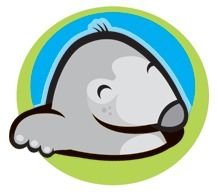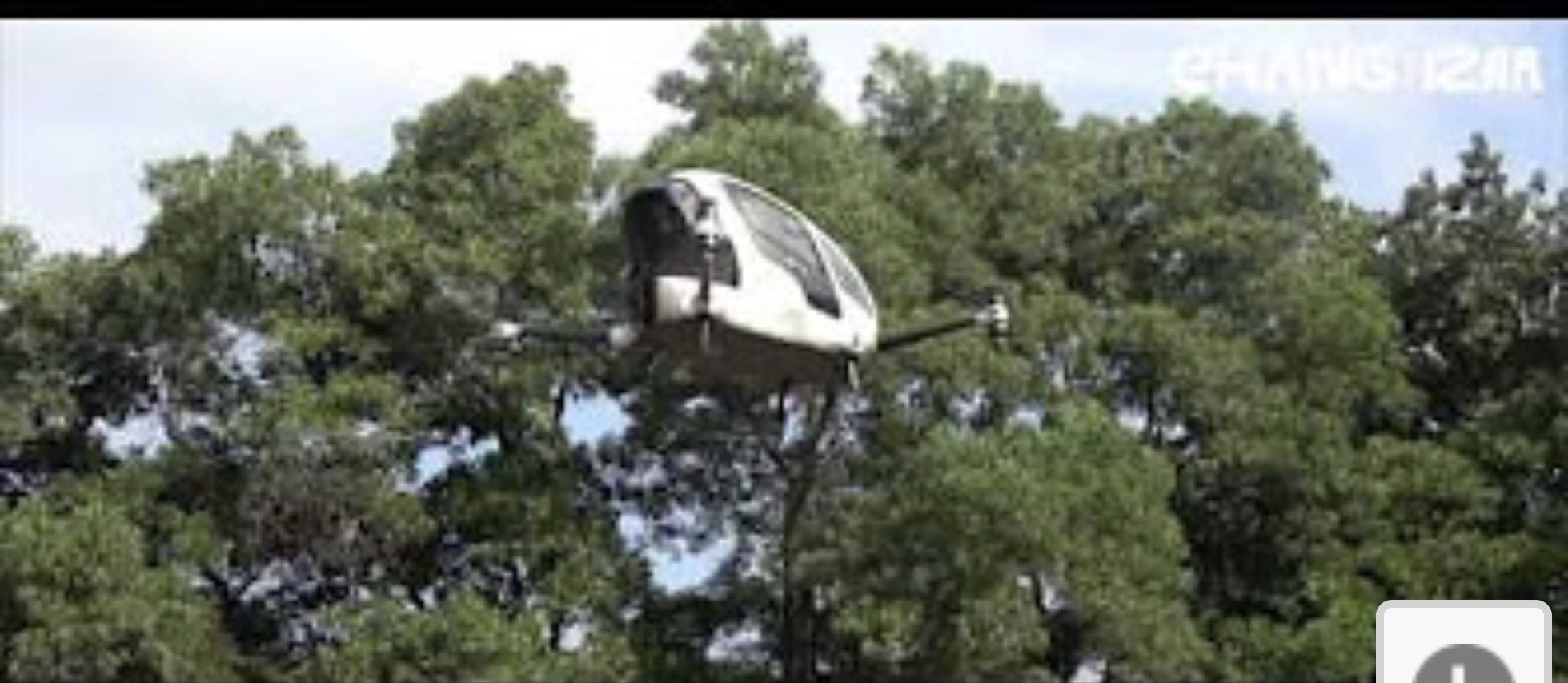Could we see Humanoid robots with wings someday?
Bat Bot, a lightweight flier with thin silicone wings stretched over a carbon fiber skeleton, can cruise, dive and bank turn just like its namesake, researchers report February 1 in Science Robotics, Joinfo.com reports with reference to Science News.
Such a maneuverable machine could one day soar up the towering structures of a construction site, flying in and out of steel beams to help keep track of a building’s progress, study coauthor Seth Hutchinson, a roboticist at the University of Illinois at Urbana-Champaign, said in a news briefing January 31.
Other aerial robots, like some drones, aren’t so agile, relying on four whirling rotor blades to lift off the ground, Hutchinson said. These bots also have trouble flying in the wind, because they can exert force in only one direction, he said. Bat Bot’s flexible wings could make it a more versatile flier.







